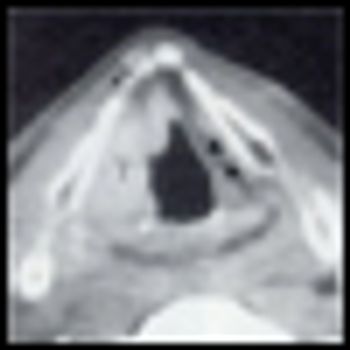
The question of a well-defined role for the use of neoadjuvant chemotherapy in the treatment of ovarian cancer is recognized to be one of the most hotly debated issues in the management of female pelvic malignancies.[1-3] One group of oncologists would argue that it should be the rare patient (eg, with severe comorbidity) who is not a candidate for an initial attempt at maximal cytoreduction.[1]


